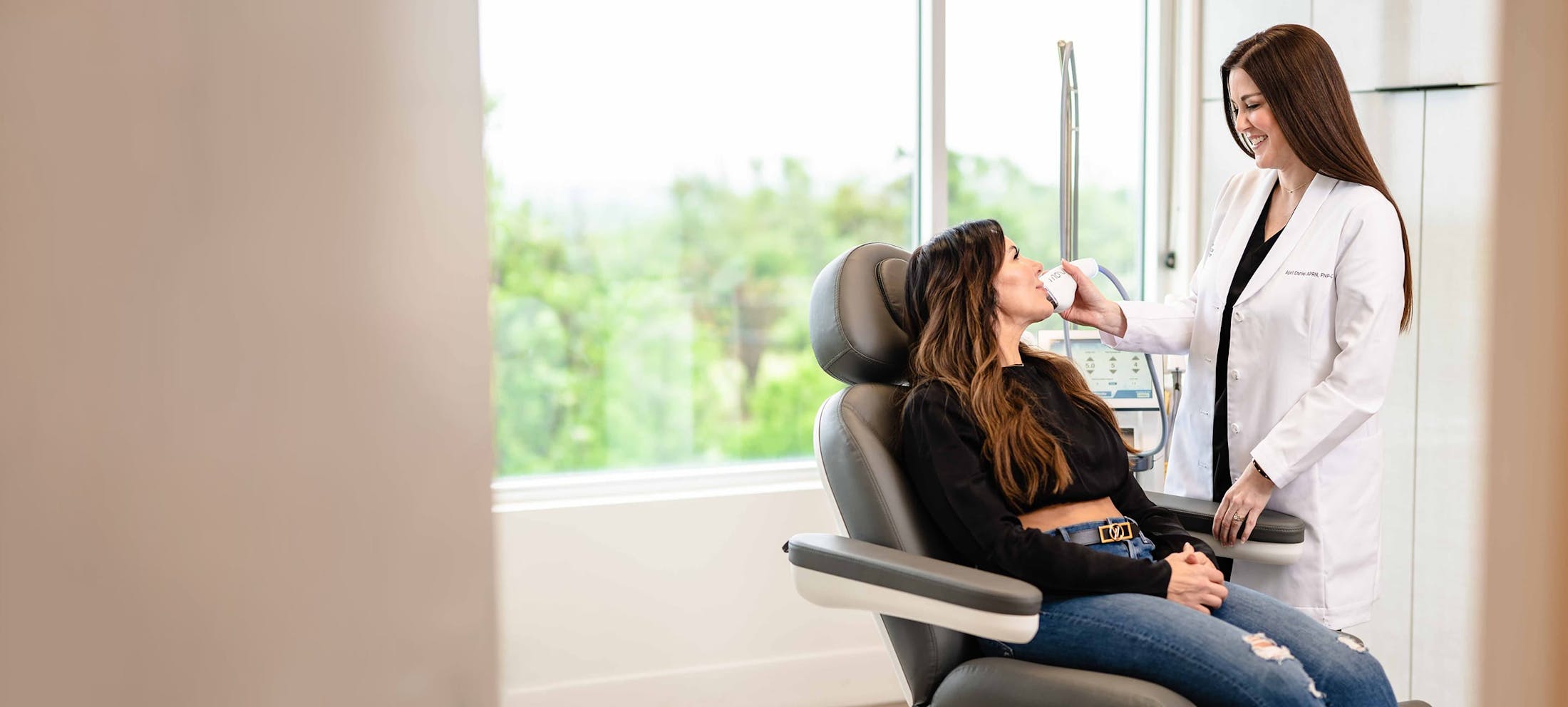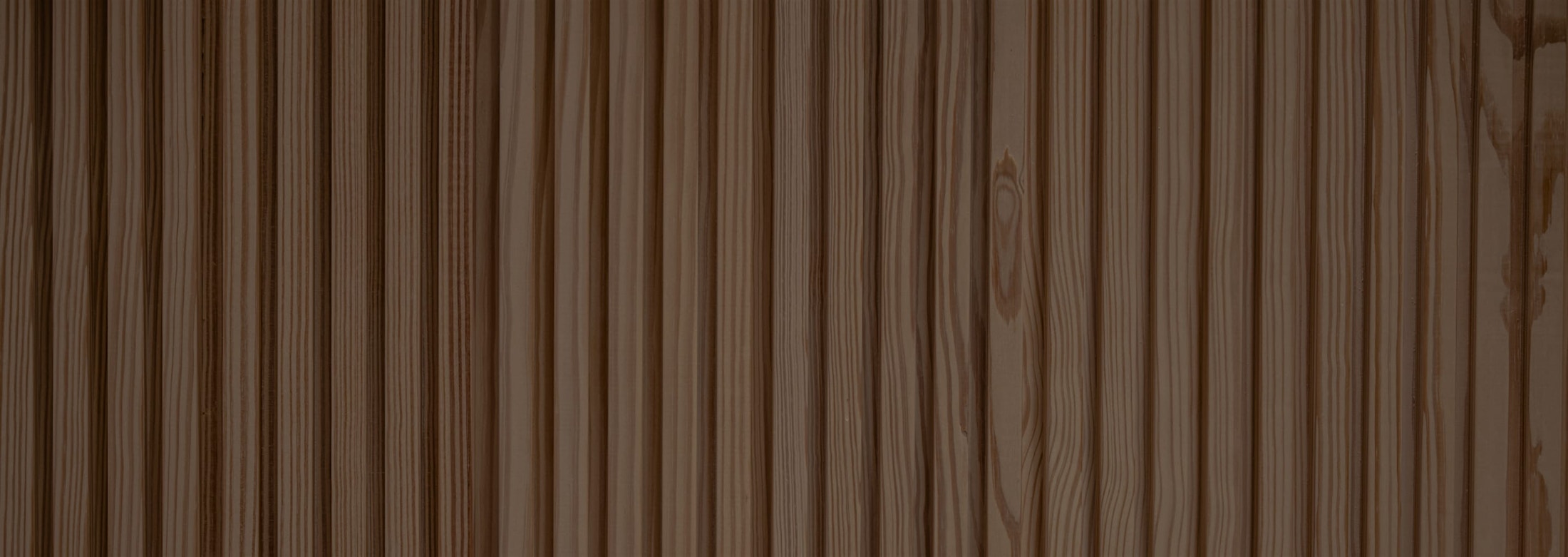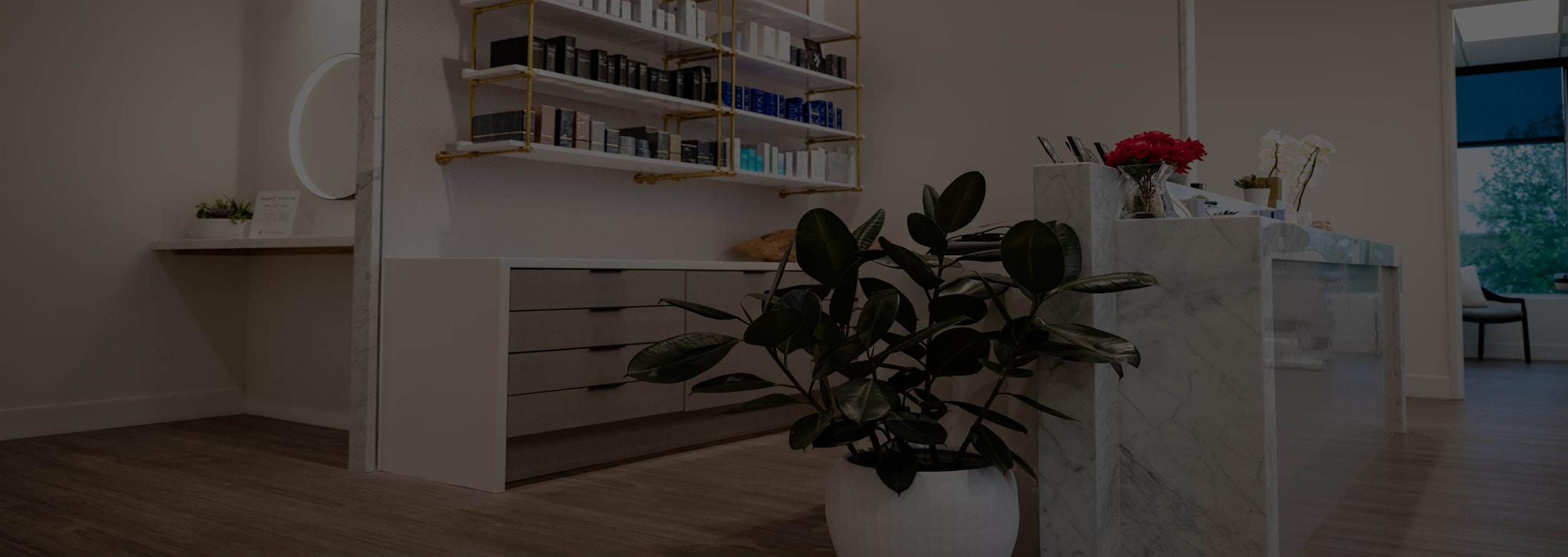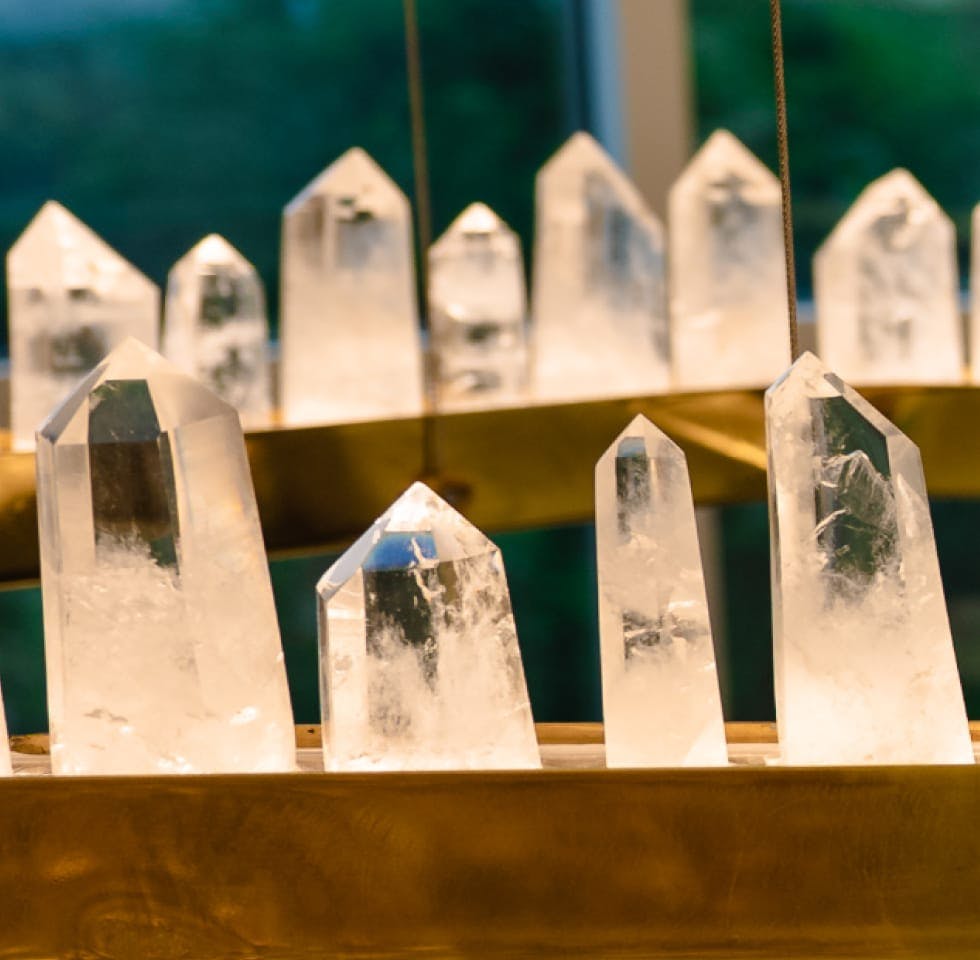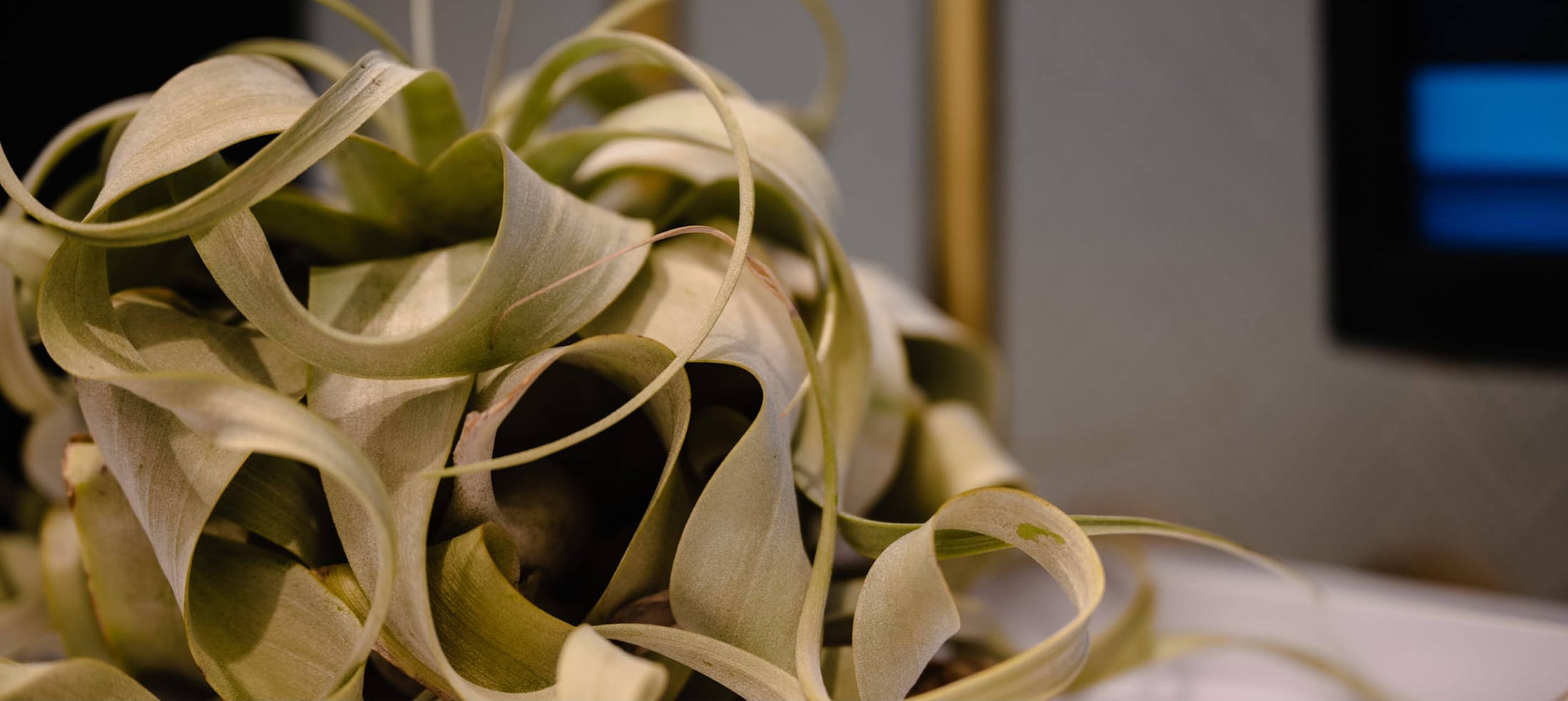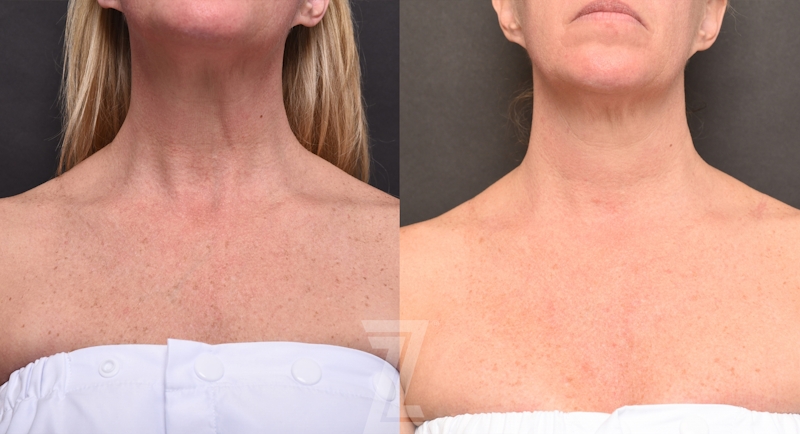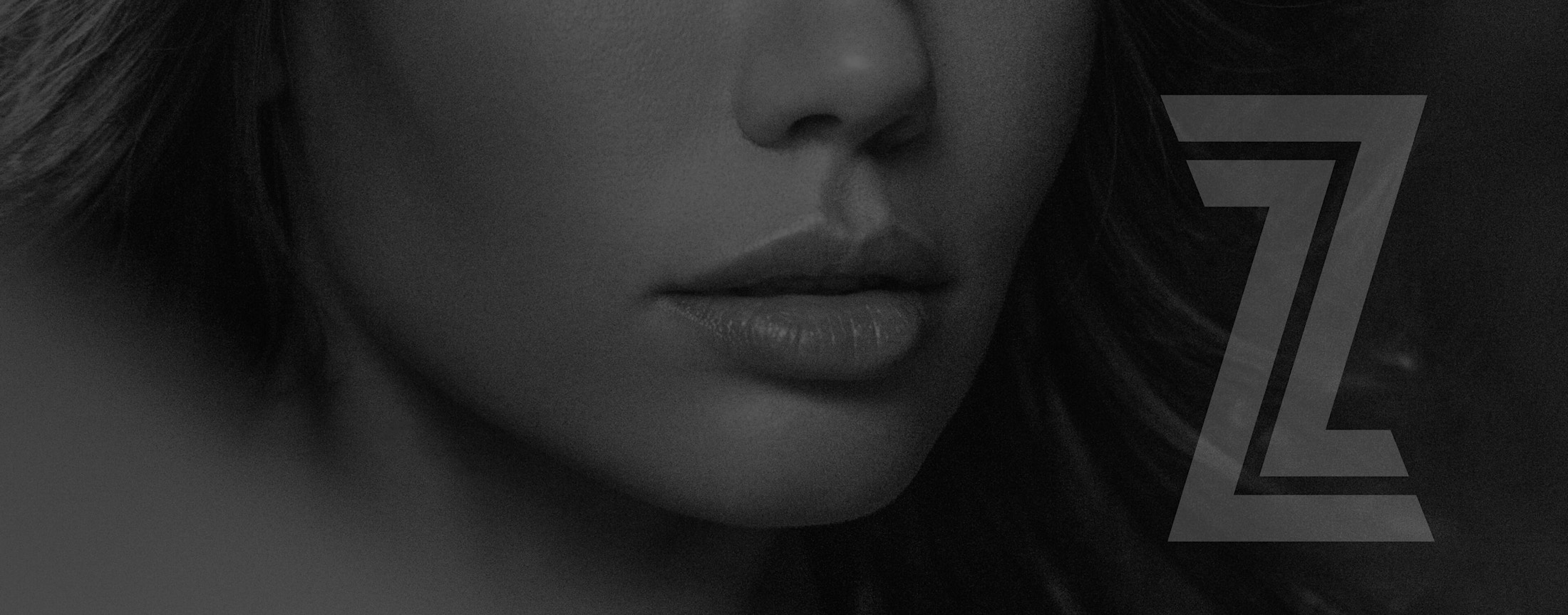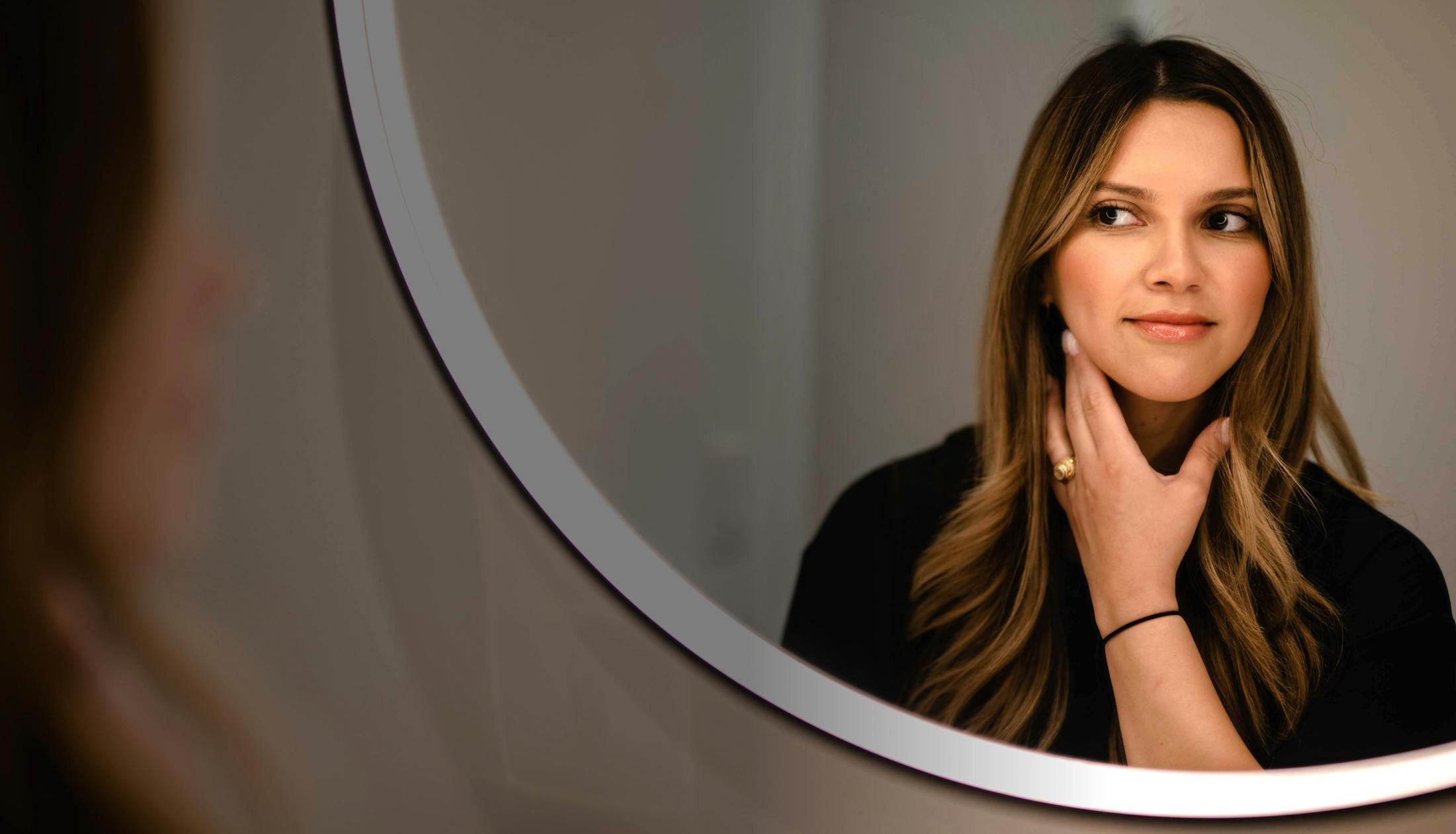Which Is Better Erbium or CO2 Laser?
The two main types of ablative lasers are Erbium and CO2. Erbium is widely regarded as a superior laser for a variety of reasons, including:
- The ablation and heat each can be tailored to the patient’s skin type and needs independently.
- CO2 is always ablative and hot, while we can fully control the ablation and heat with Erbium lasers. This feature of the Erbium laser is extremely important to recognize—secondary heat caused by CO2 lasers is usually associated with a longer period of redness after the procedure and a higher risk of both hypopigmentation and hyperpigmentation.
- Erbium lasers do not leave the skin looking waxy because the glands in the skin are preserved.
The customizable and refinement features of the Erbium laser allow for a wide array of choices in how gentle or aggressive the treatment will be. Each level provides a different result, adjustable to fit the lifestyle needs and end desires of the patient.
